U.S. Military Surplus WWII M7 Vesicant Detector Crayons, 2 Pack, New
$23.18
These U.S. Military M7 Vesicant Detector Crayons were first developed during World War II to provide a quick and effective way to detect the presence of chemical weapons such as mustard gas. They would soon became an iconic piece of Cold War military preparations, manufactured and deployed in emergency stockpiles throughout Western-aligned military forces.
A historical breakthrough in chemical weapons detection.
Among the horrors experienced in the trenches of World War I, the deployment of mustard gas and other “vesicant” blistering agents holds particular prominence.
Beginning in the 1930’s, United States military researchers began to develop quick-acting methods for the detection of such chemical compounds in battlefield conditions.
Early detector kits required sampling the potentially affected area and then submitting the sample to a series of chemical tests in glass tubes to identify the correct compound. The next generation used a special reactive paper, but this still required the chemical agent to fall onto the paper, limiting its effectiveness.
M7 Vesicant Detector Crayons solved many of the problems of previous tests by suspending a chemical-reactive dye in a non-reactive wax crayon. By smearing the crayon on a suspected spot of contamination, the dye would be exposed and react on contact. In the case of the M7, the bright red dye would change to bright blue after a few seconds of exposure.
- Reactive red dye in wax suspension
- Screw-top sealed metal vials
- Designed to react in presence of vesicant (blistering) chemical weapons such as mustard gas
- Note: For collectibility only, not for safety use
Key Specifications
- Item Number: 717541
- Quantity: 2
- Material: Wax/Red Dye
- Color: Black Case, Red Crayon
- Country of Origin: USA
- Condition: New, never issued
Be the first to review “U.S. Military Surplus WWII M7 Vesicant Detector Crayons, 2 Pack, New” Cancel reply
Related products
Military Surplus
Military Surplus
Military Surplus
Military Surplus
Austrian Military Surplus 20″ x 40″ Cotton Towels, 3 Pack, Like New
Military Surplus
Military Surplus
Military Surplus
Military Surplus
Austrian Military Surplus 1 Quart Canteen with Cover and Cup, New

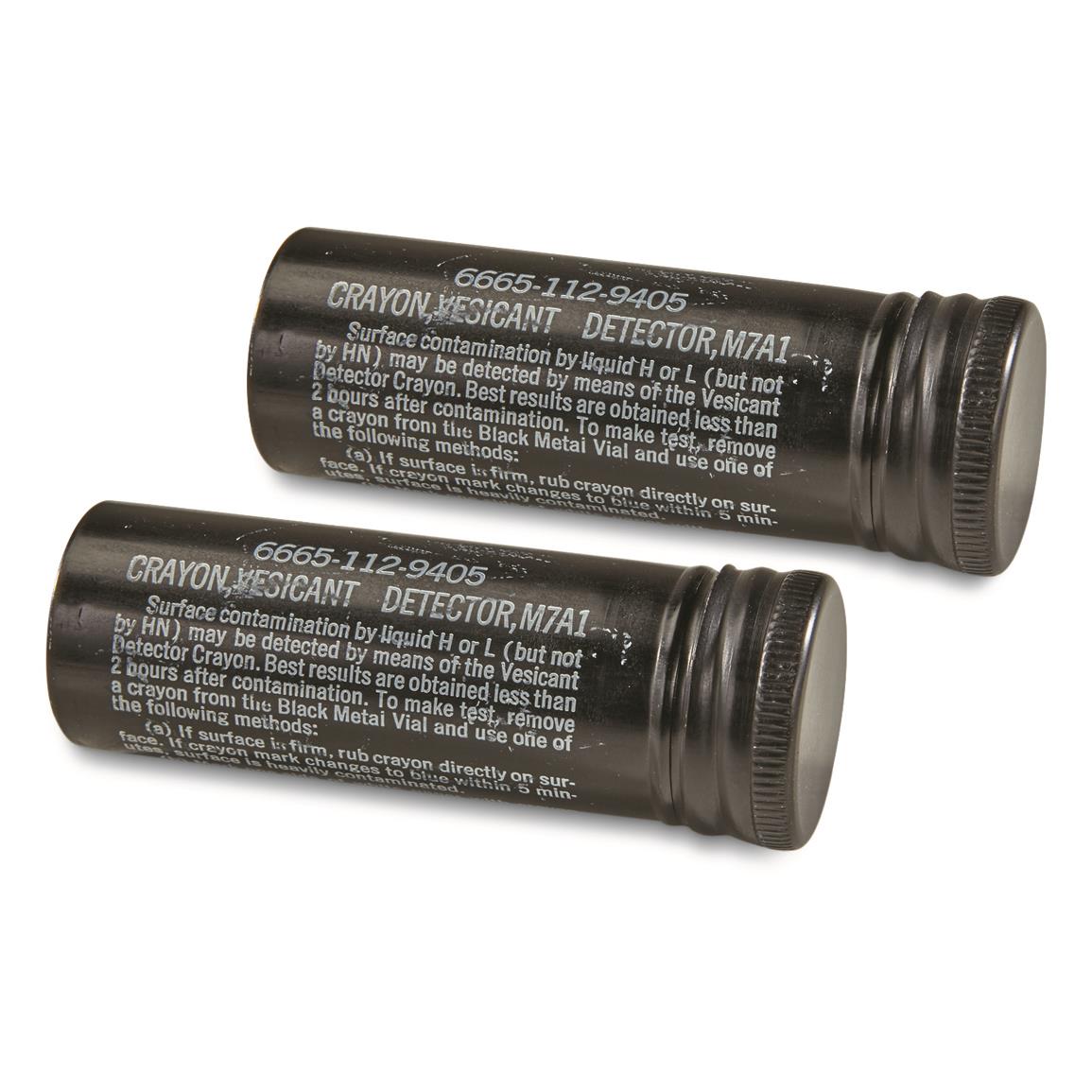
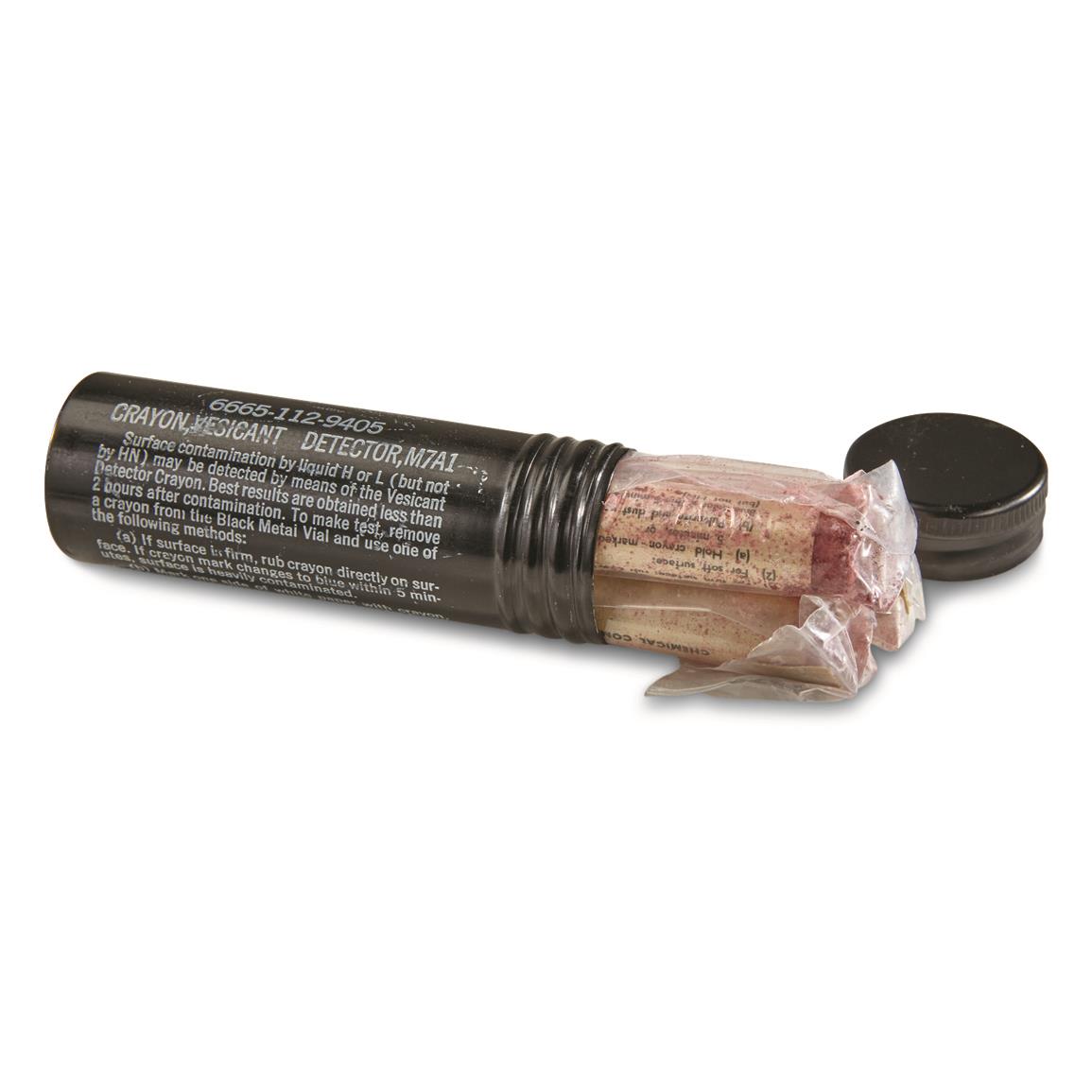
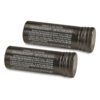
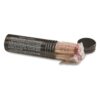

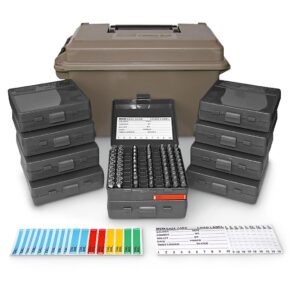
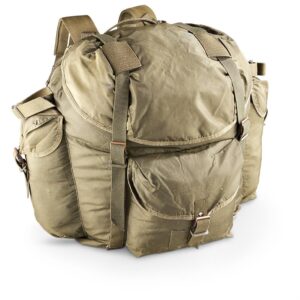
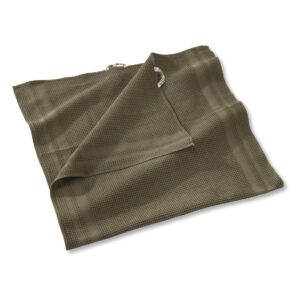

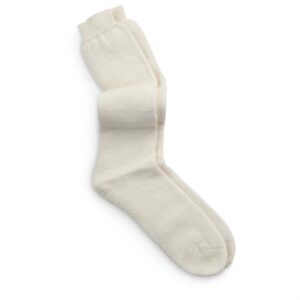


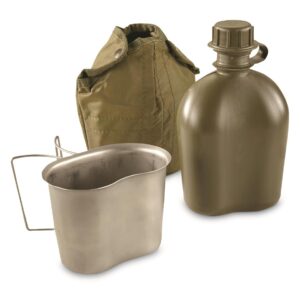
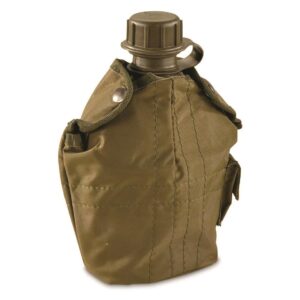
Reviews
There are no reviews yet.